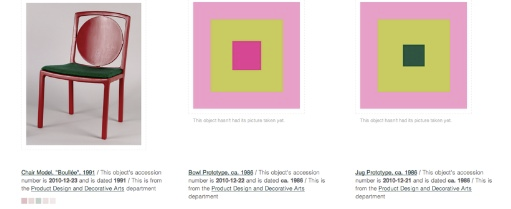Things I discovered this week on a blog.
/Like many people plugged into the Internet I subscribe to blogs on topics which interest me. One of those is Moosha, Moosha, Mooshme which explains itself to be "exploring the intersection of digital media and museum-based learning". where i was captured by one word 'pterosaur'. Like many small boys anything with 'saur' in the name has fascinated me since being four years old.
The blogs introduced a project at the American Museum of Natural HIstory working with teenagers on #scienceFTW program who were helping create a card game to raise awareness of pterosaurs and clarify they were not dinosaurs. A few posts down the line they had released the game and their relief was obvious. Even though AMNH is in New York they wished the game to be for everyone and made it available as a downloadable PDF.
I am not used to playing these card games and roped my friend to have a go with me. The instructions were one page long and I felt missed some important details, however we agreed rules between us when there was any confusion, for example 'can a card serve in multiple food chains?' we said yes. We also picked up three cards on each turn as we felt if making three plays per turn needed more cards. It all added to our enjoyment and I suspect experienced card game players will get into it very quickly.
The blog's next post showed them at an Games for Change event with the game and also shared some photos and videos of the day. It seemed that everyone was enjoying the game - looks like they are onto a winner.
In addition to the PDF there is an iOS app "Pterosaurs: the card game" which doesn't add any game play but has wowed me on two fronts. The first is the simplicity, constructed of three screens, three button choices and one of those links out to AMNH other apps. The opening and most important screen uses augmented reality on the pterosaur cards which have black diamond shape on them. view the card through the phone screen and you will see the pterosaur come to life and tap the screen to make him fly.
Screenshot of pterosaur soaring in AR
The AR is slick, no delays and allow the user to have an almost 360 degree view of the pterosaur on the ground or in flight. An excellent experience with AR is not that common and certainly not on free apps. It also shares the images produced for other areas of what looks a major exhibition, more examples on the exhibition webpage.
During the game I was beaten and remain confused to the extent of how the Event cards should be played but it was a great experience and I have now donated the cards to a family with dinosaur-fan children to spread the fun. I highly recommend having a go at it and if you have an iOS to download the app for the extra wow factor. The other playing cards also had symbols and I hope this signifies future AR features will follow.






